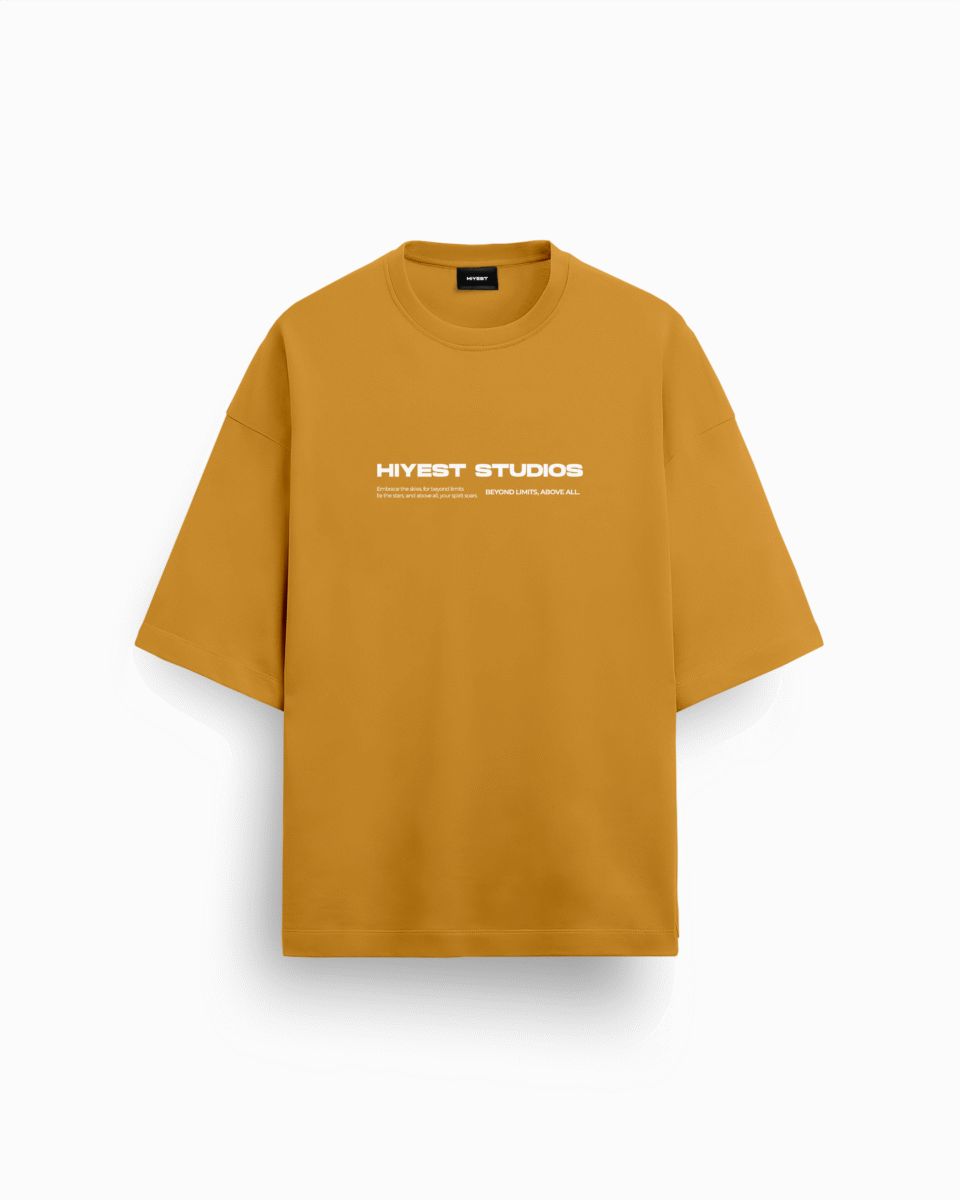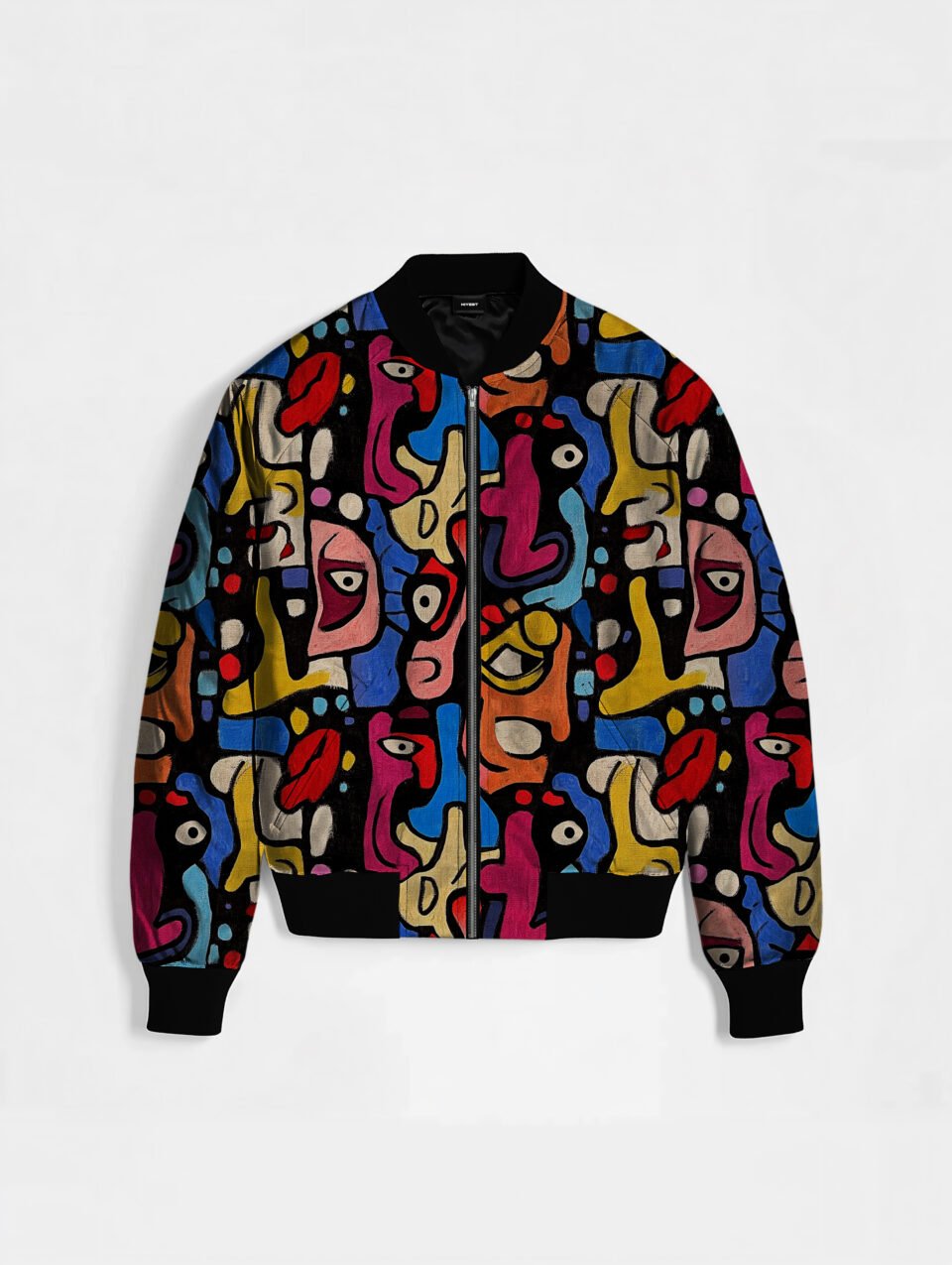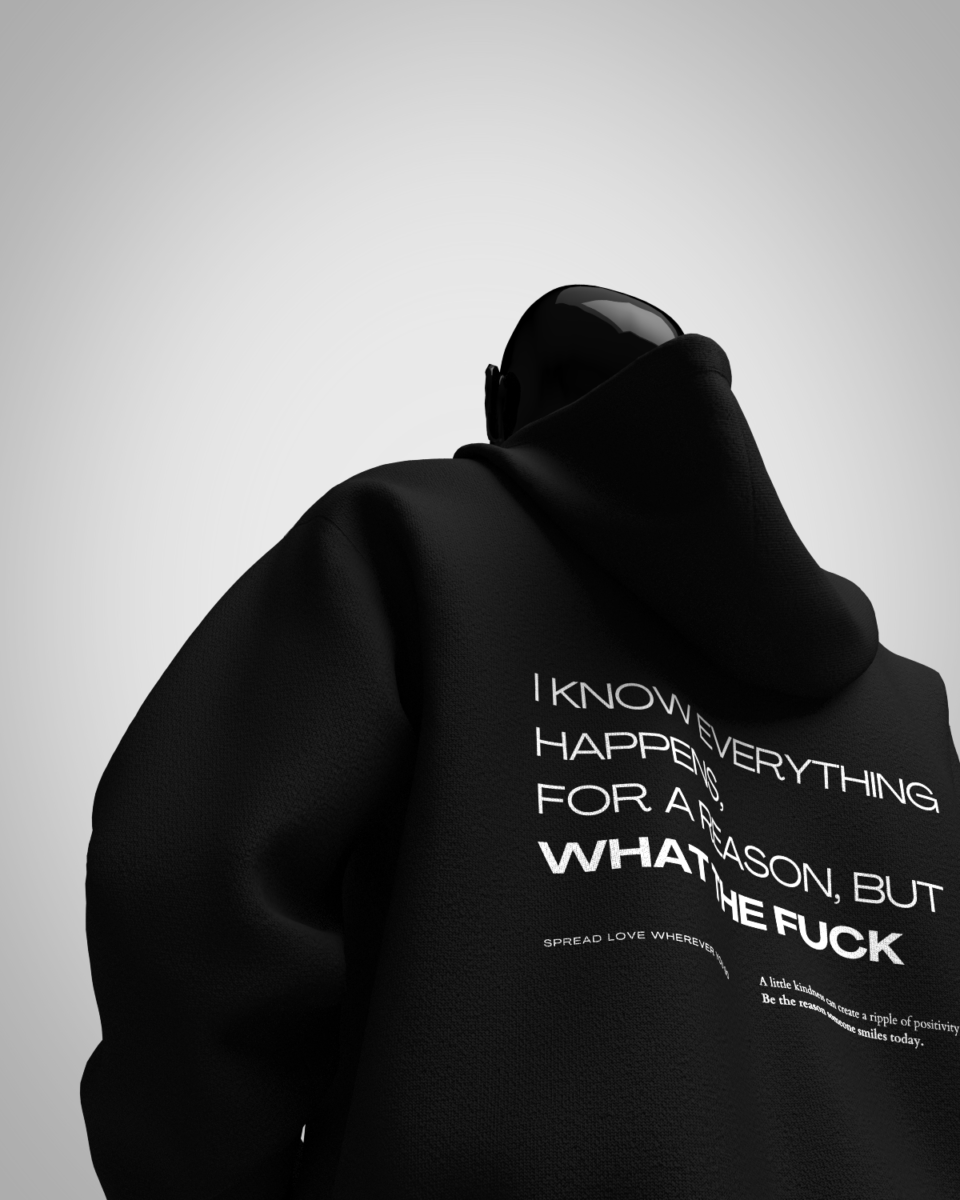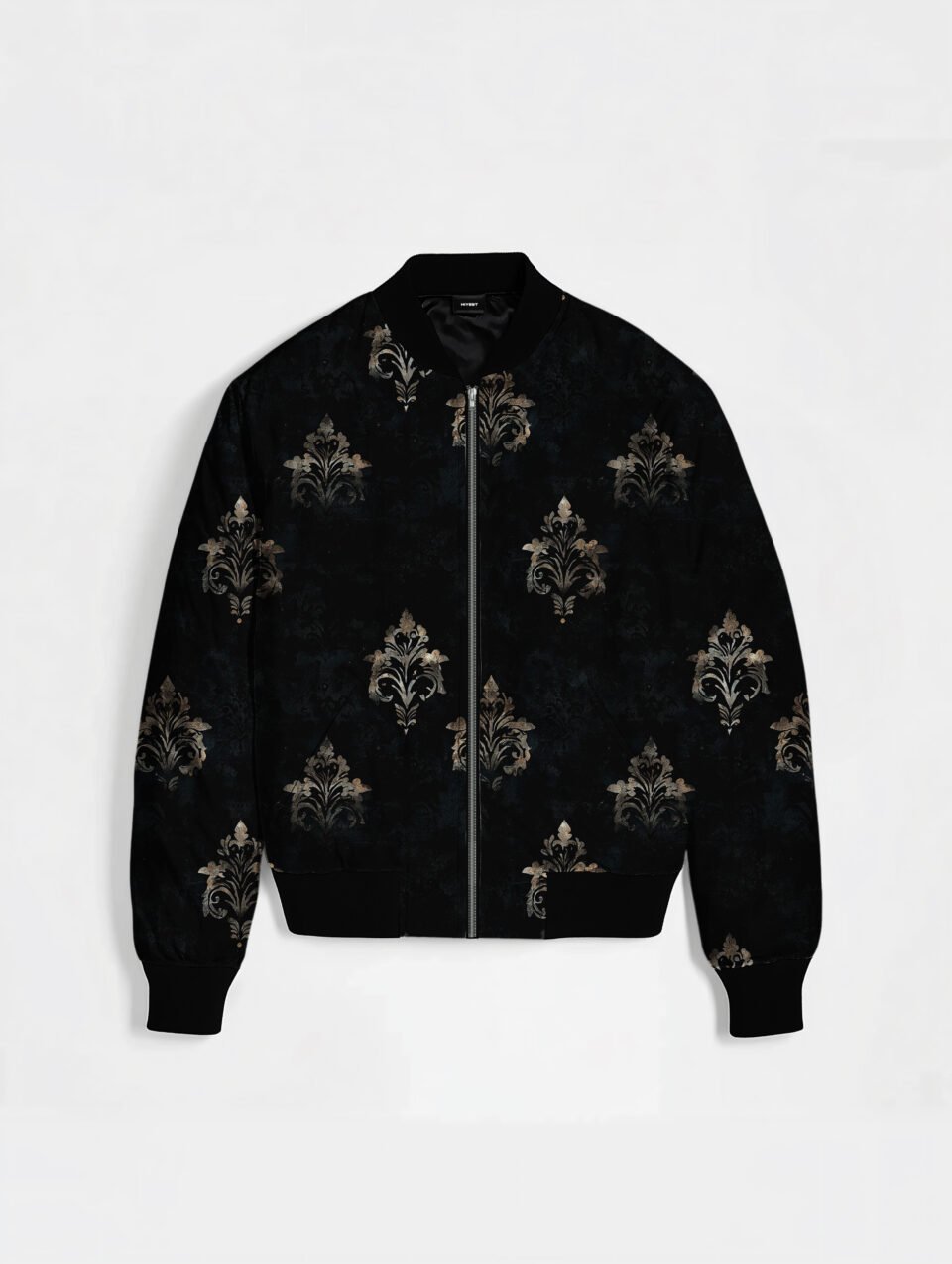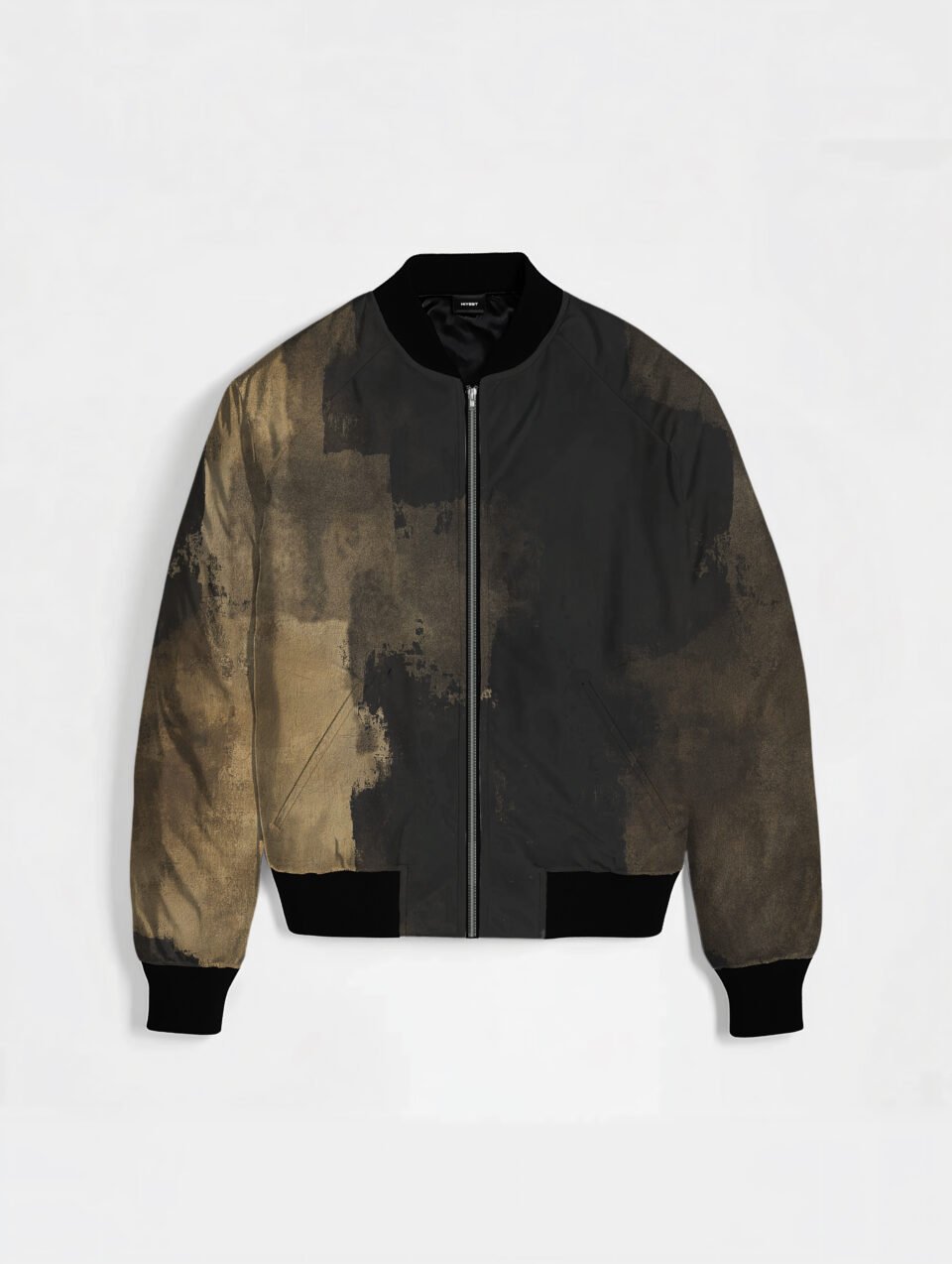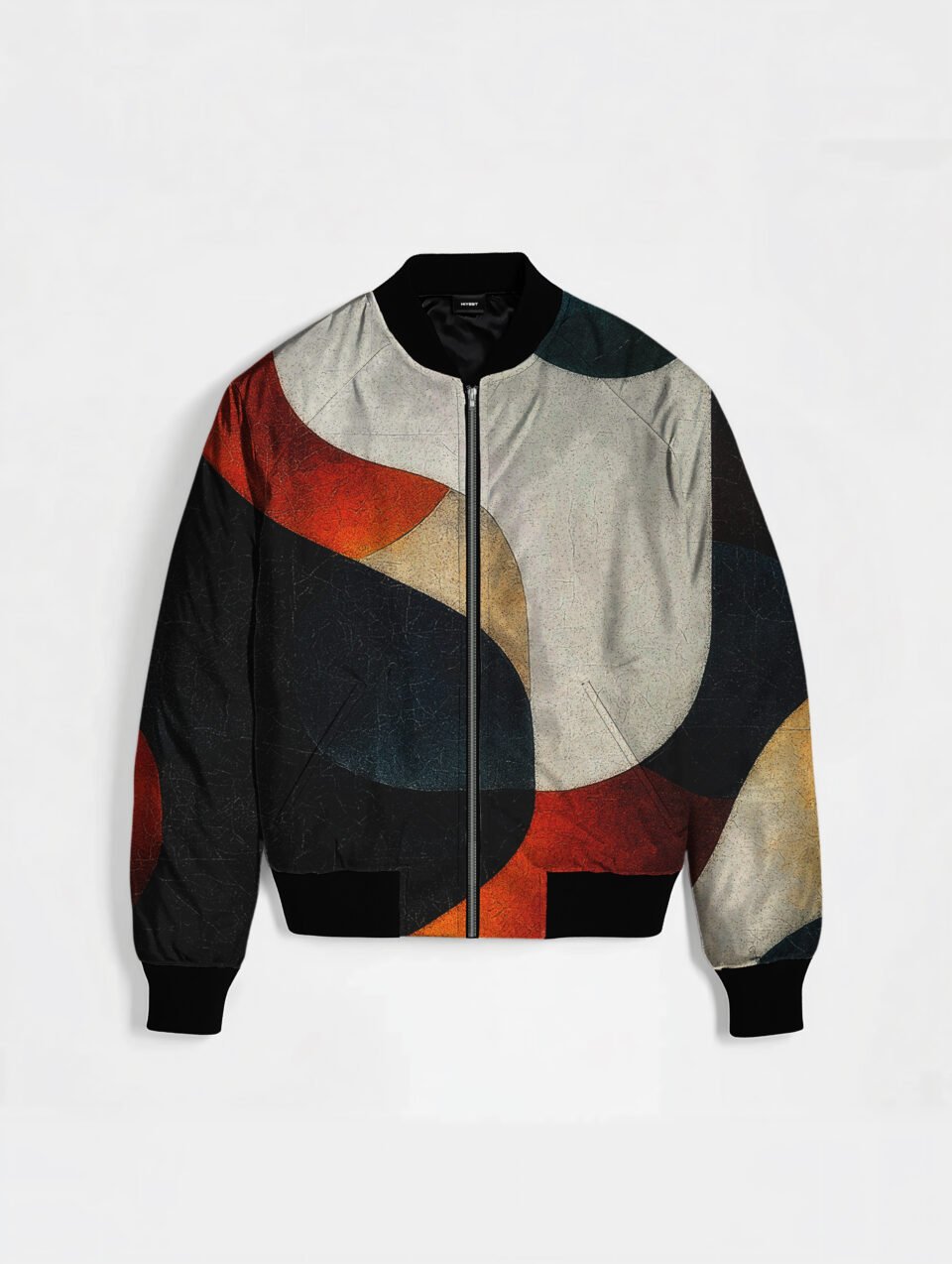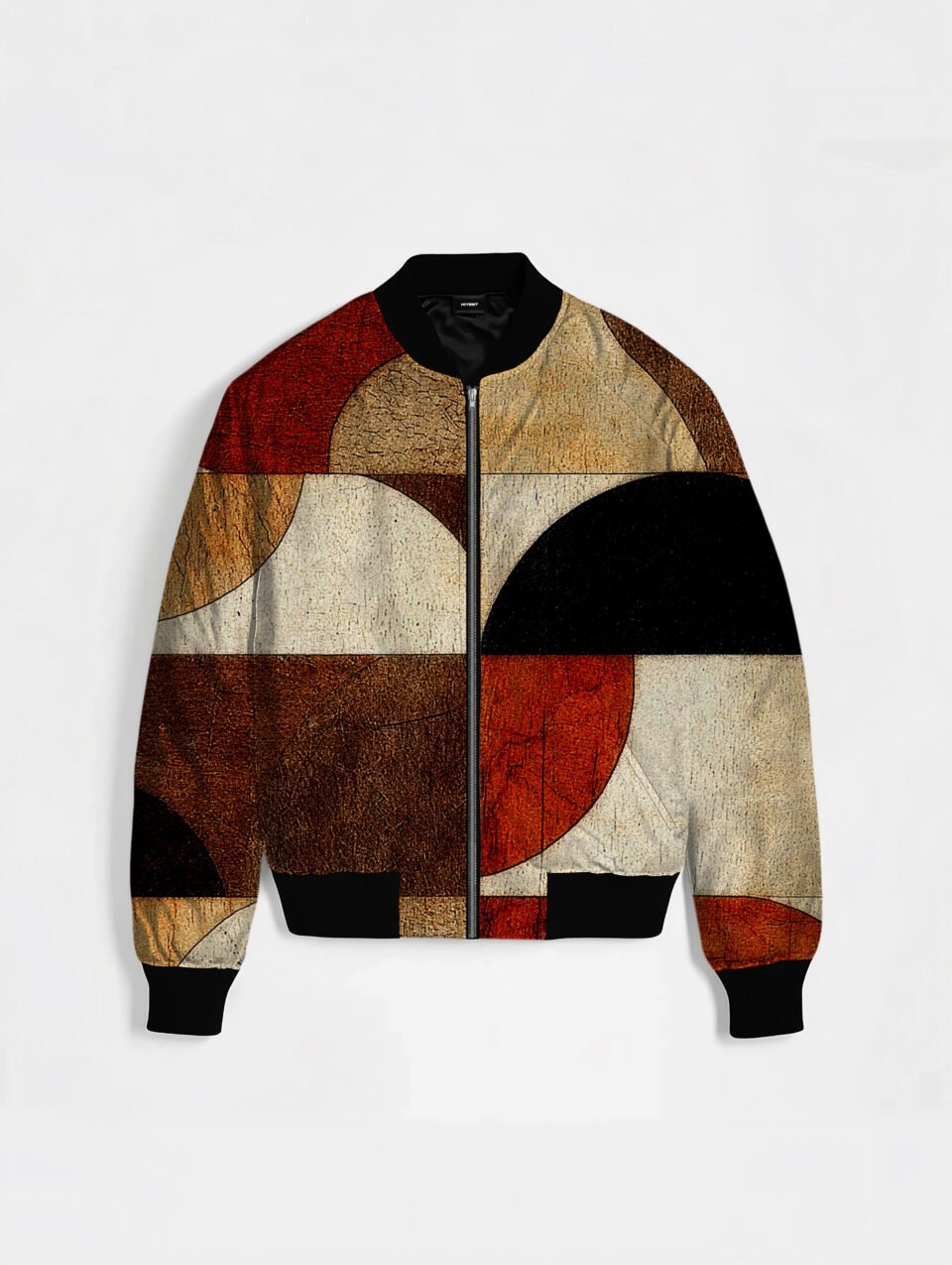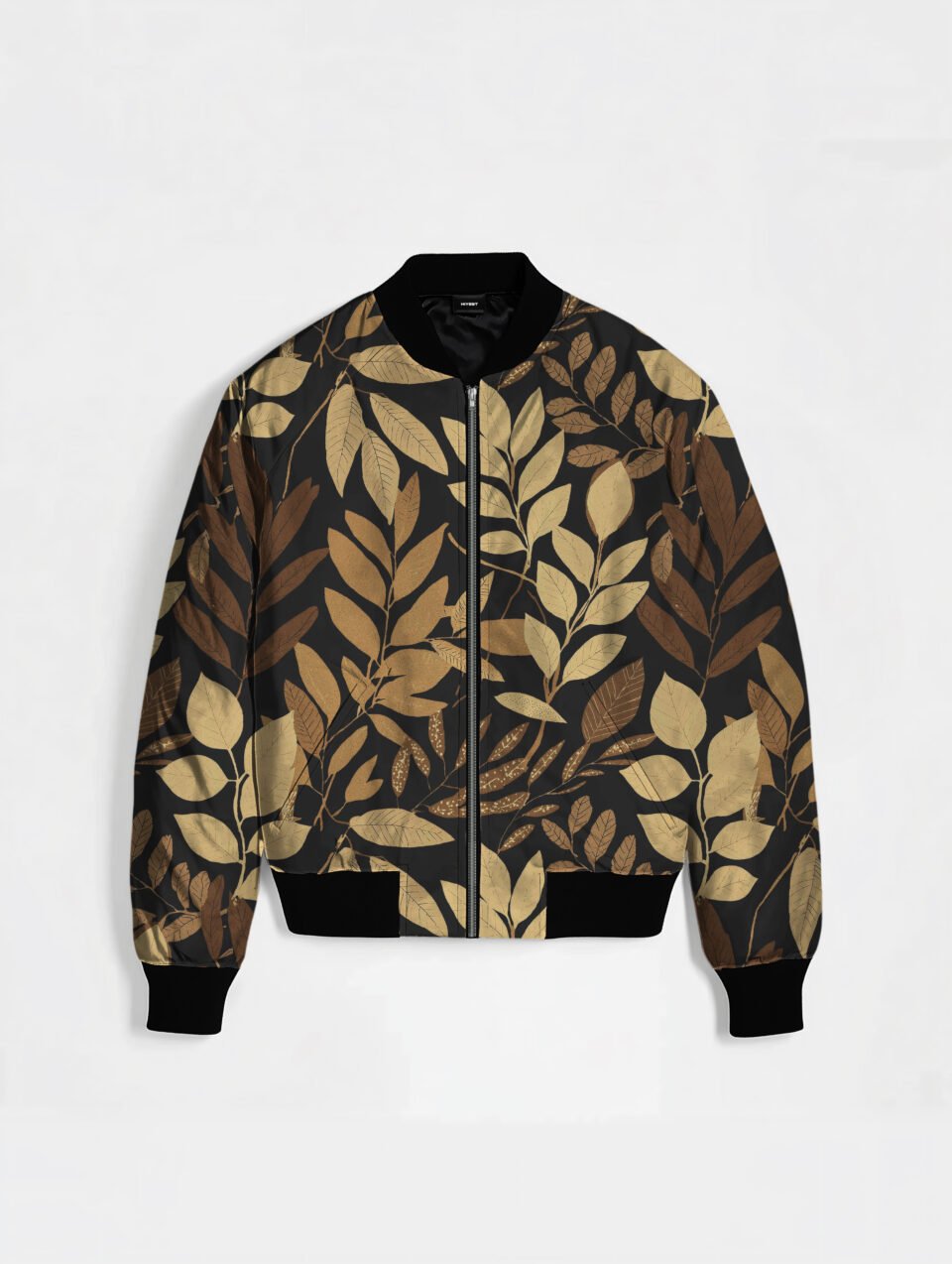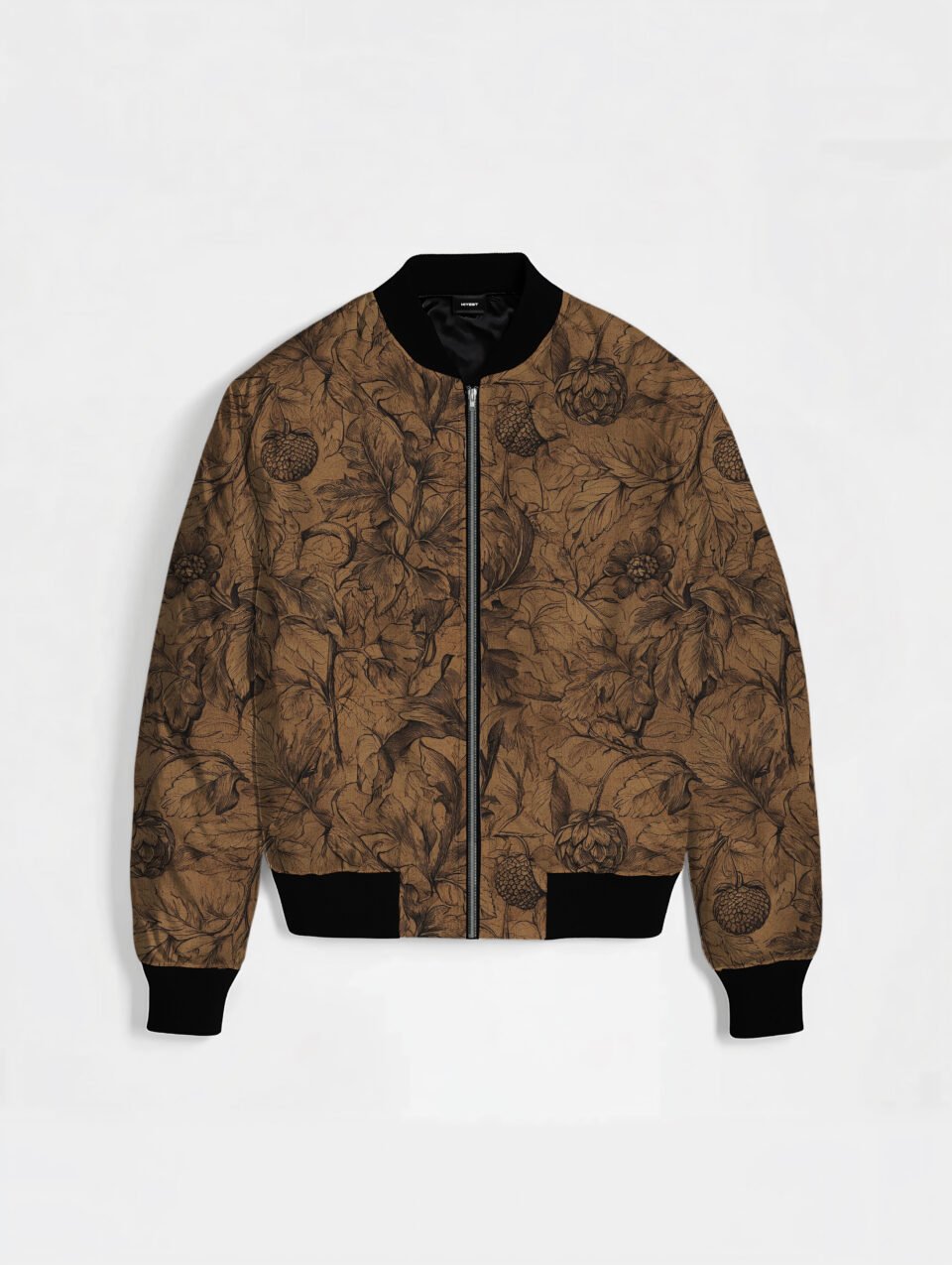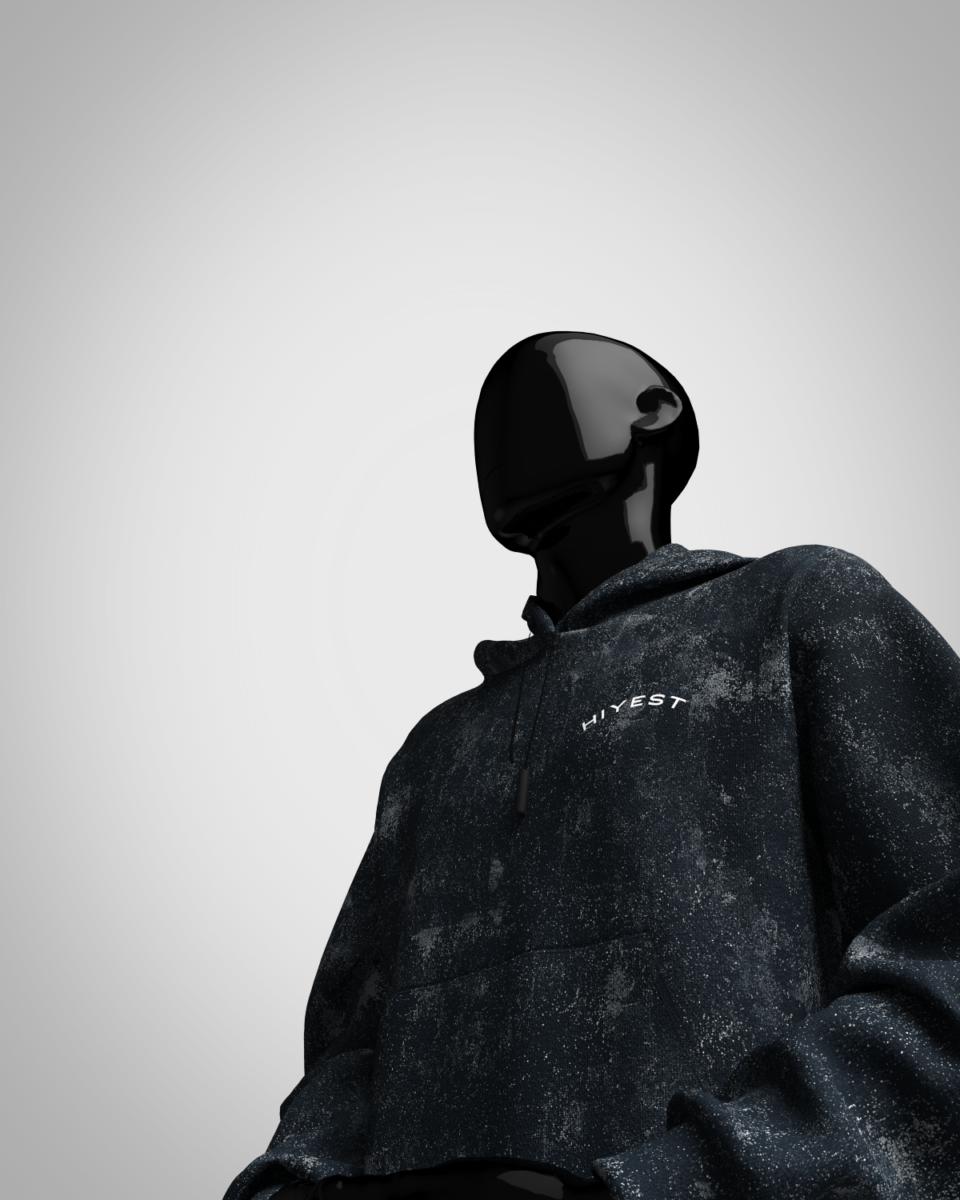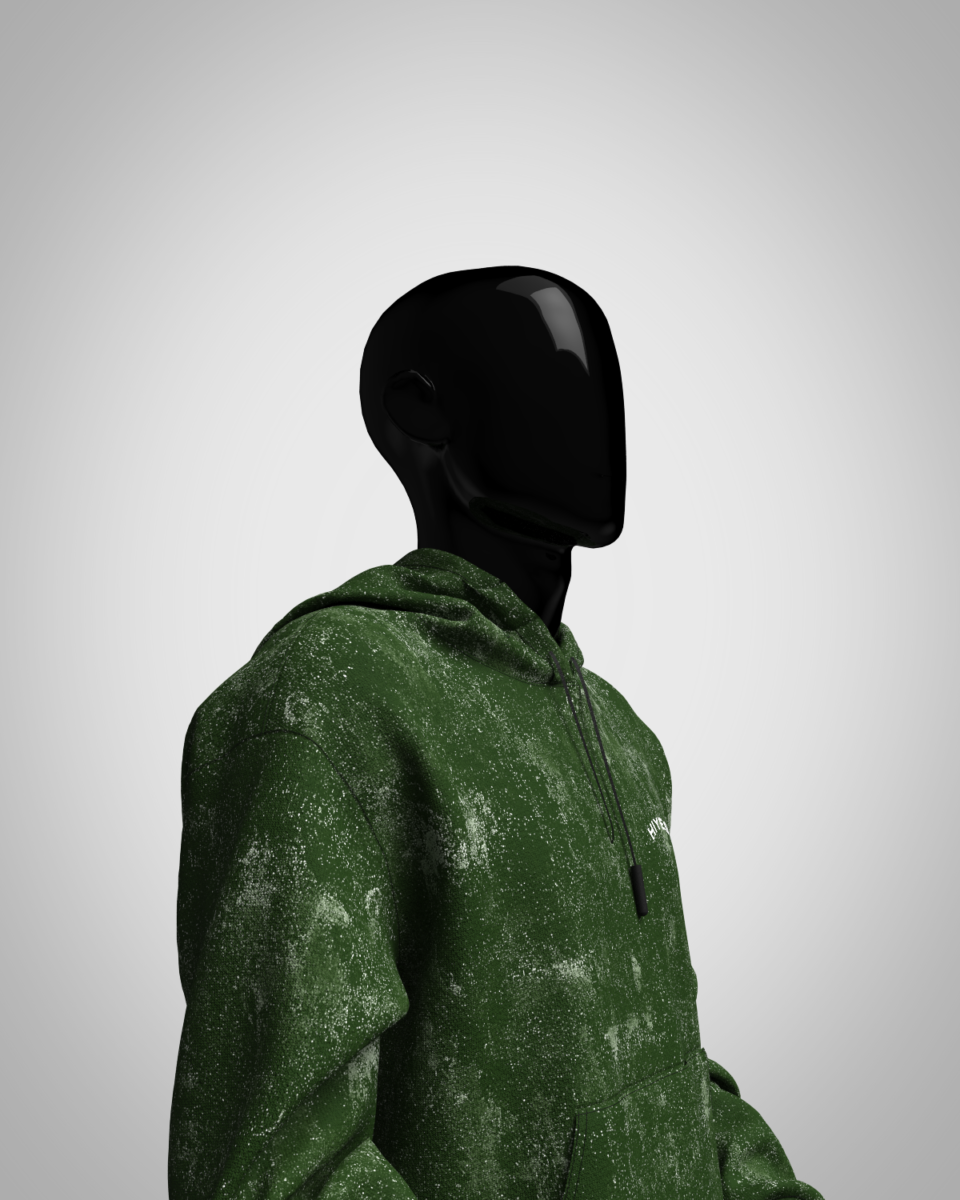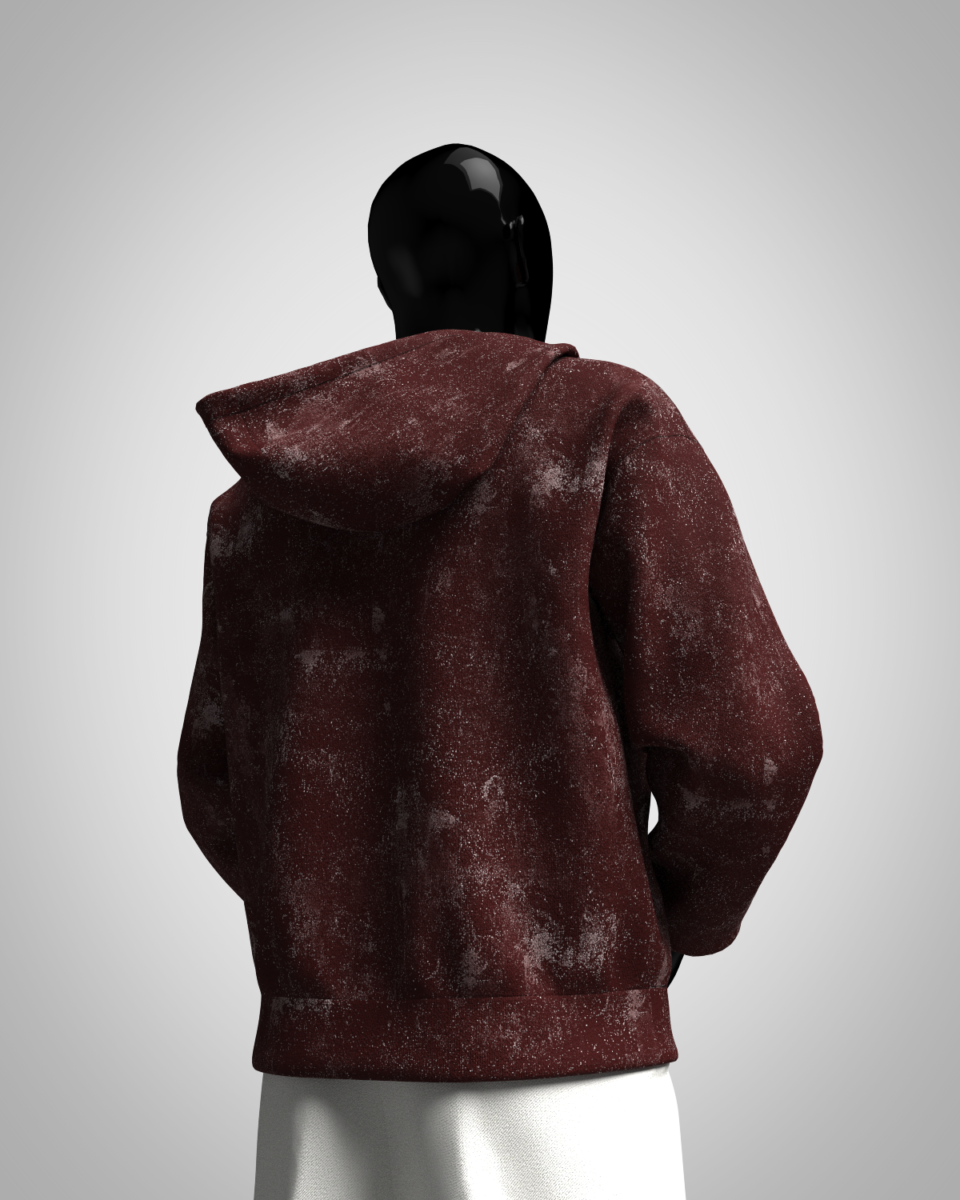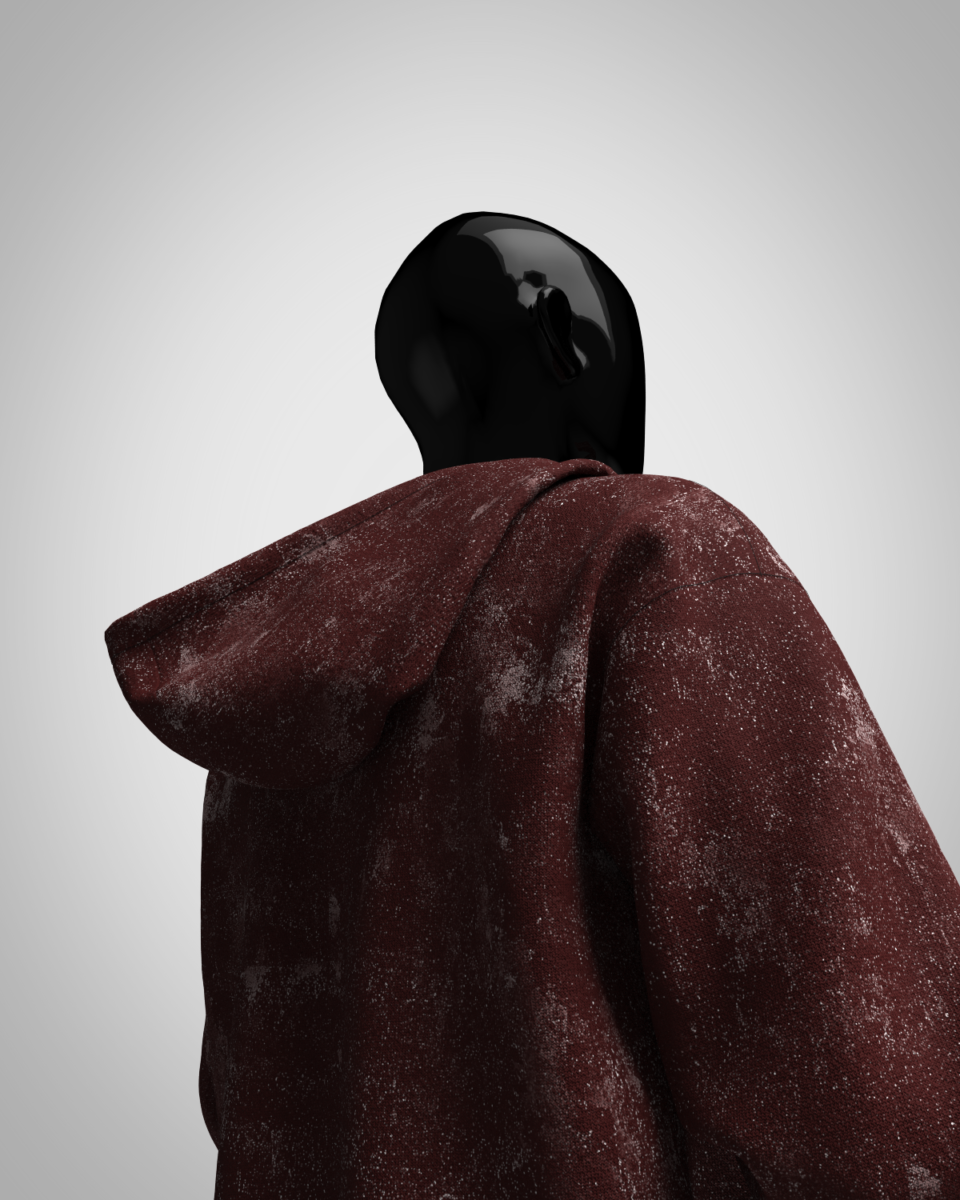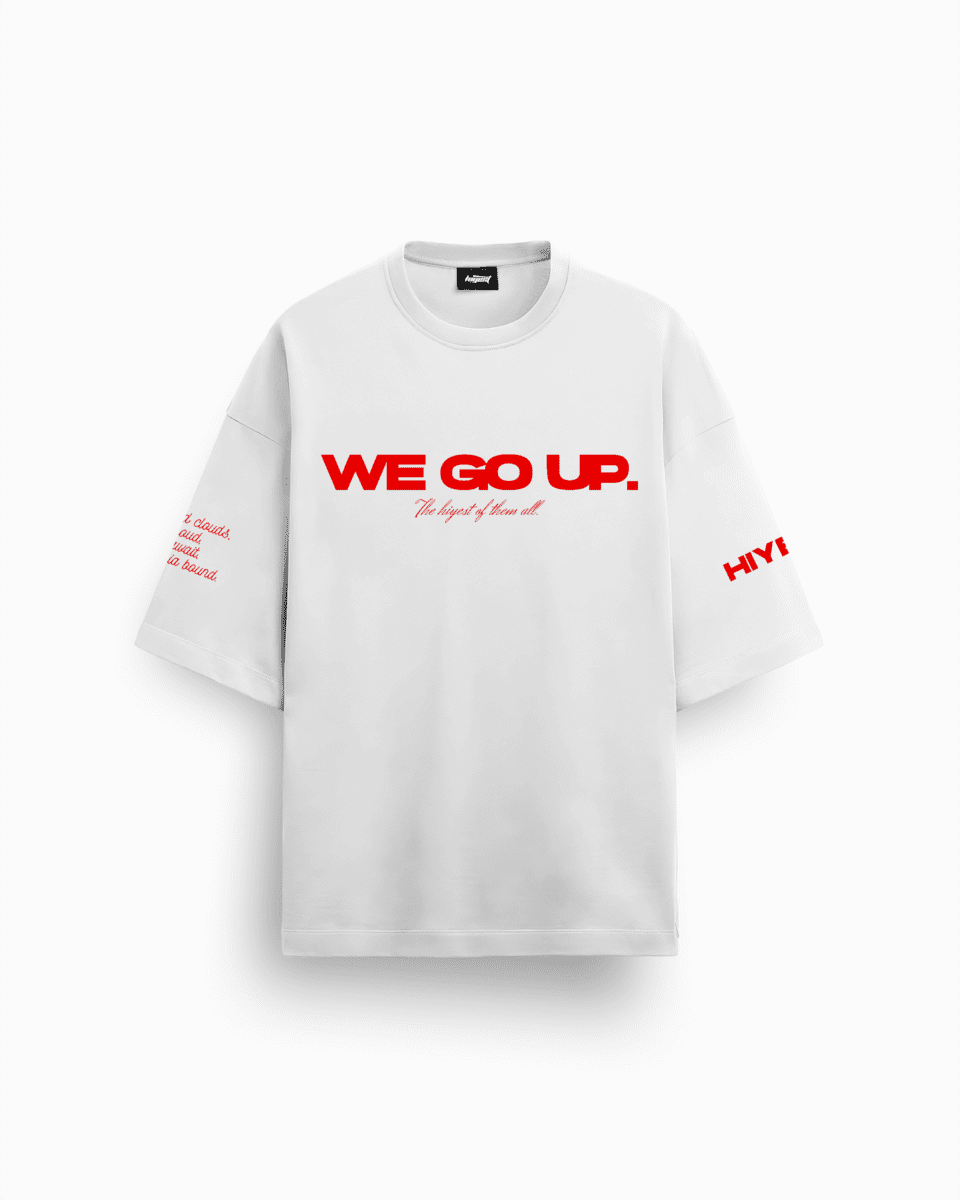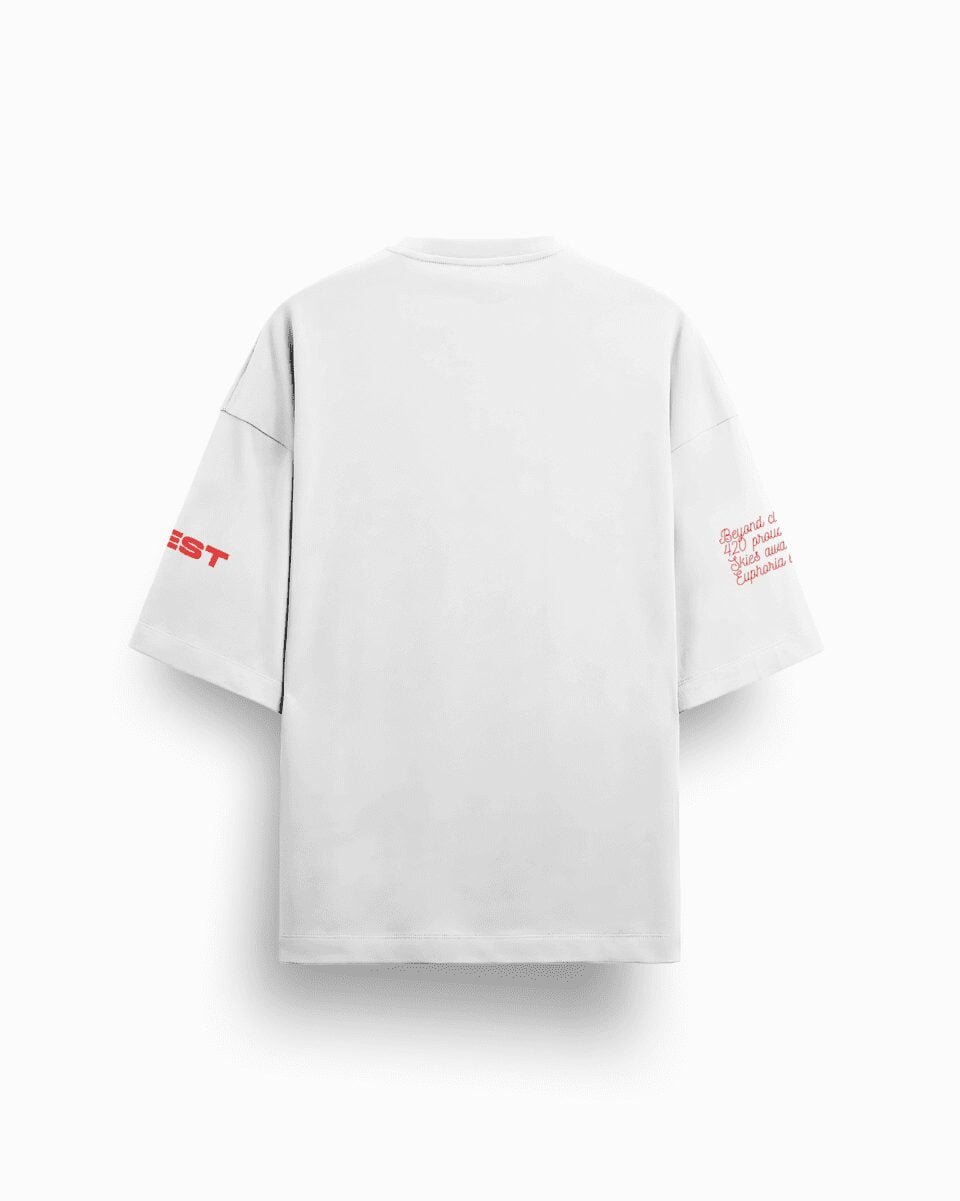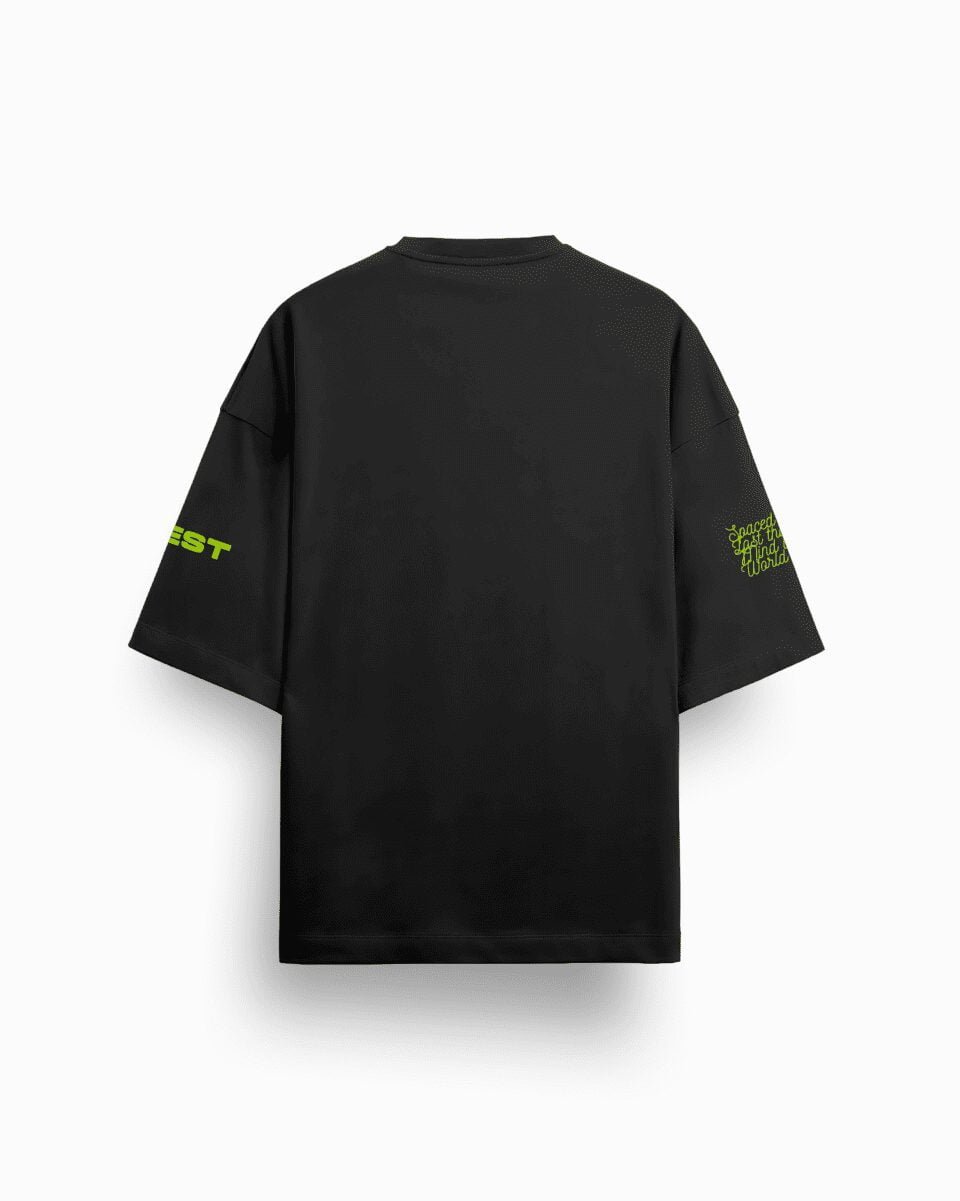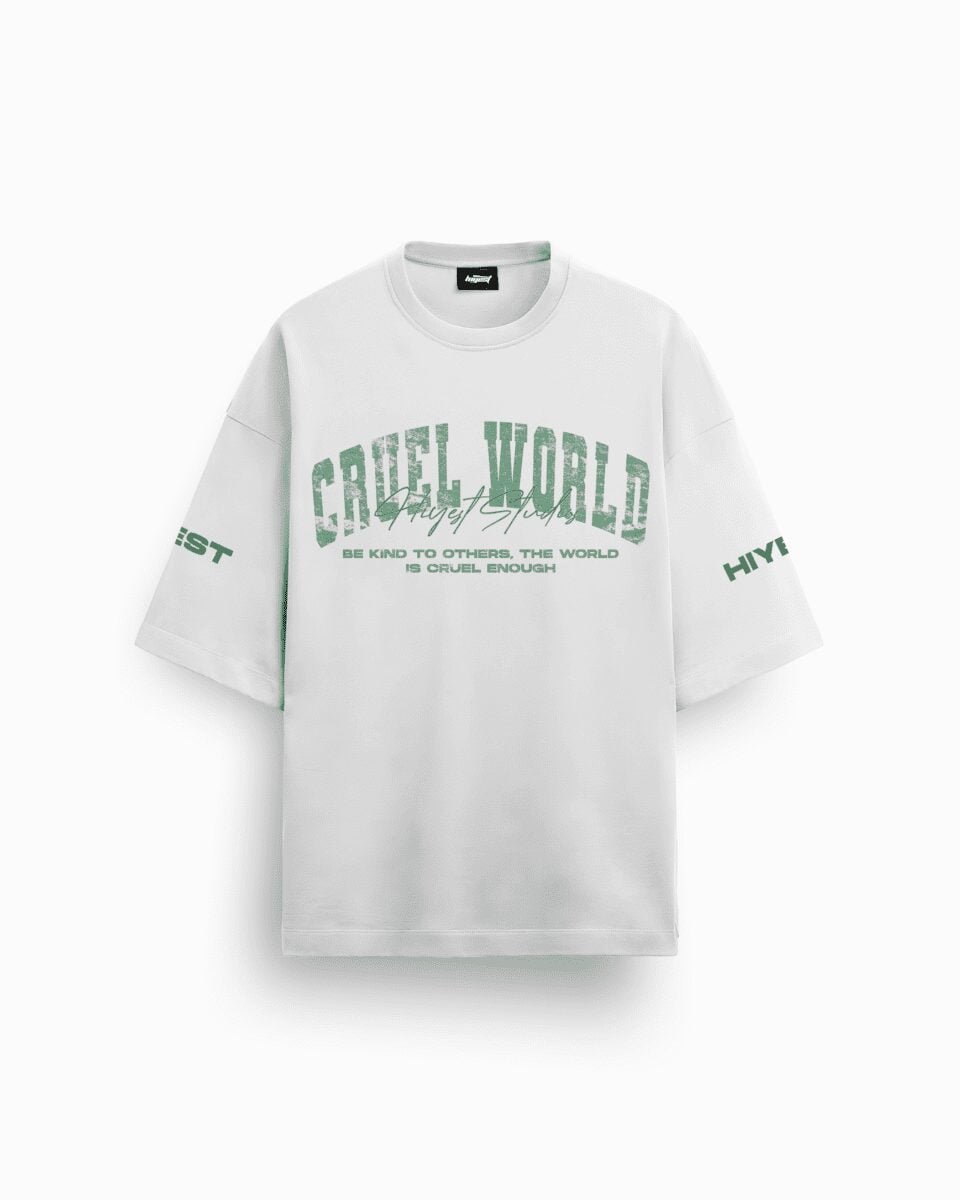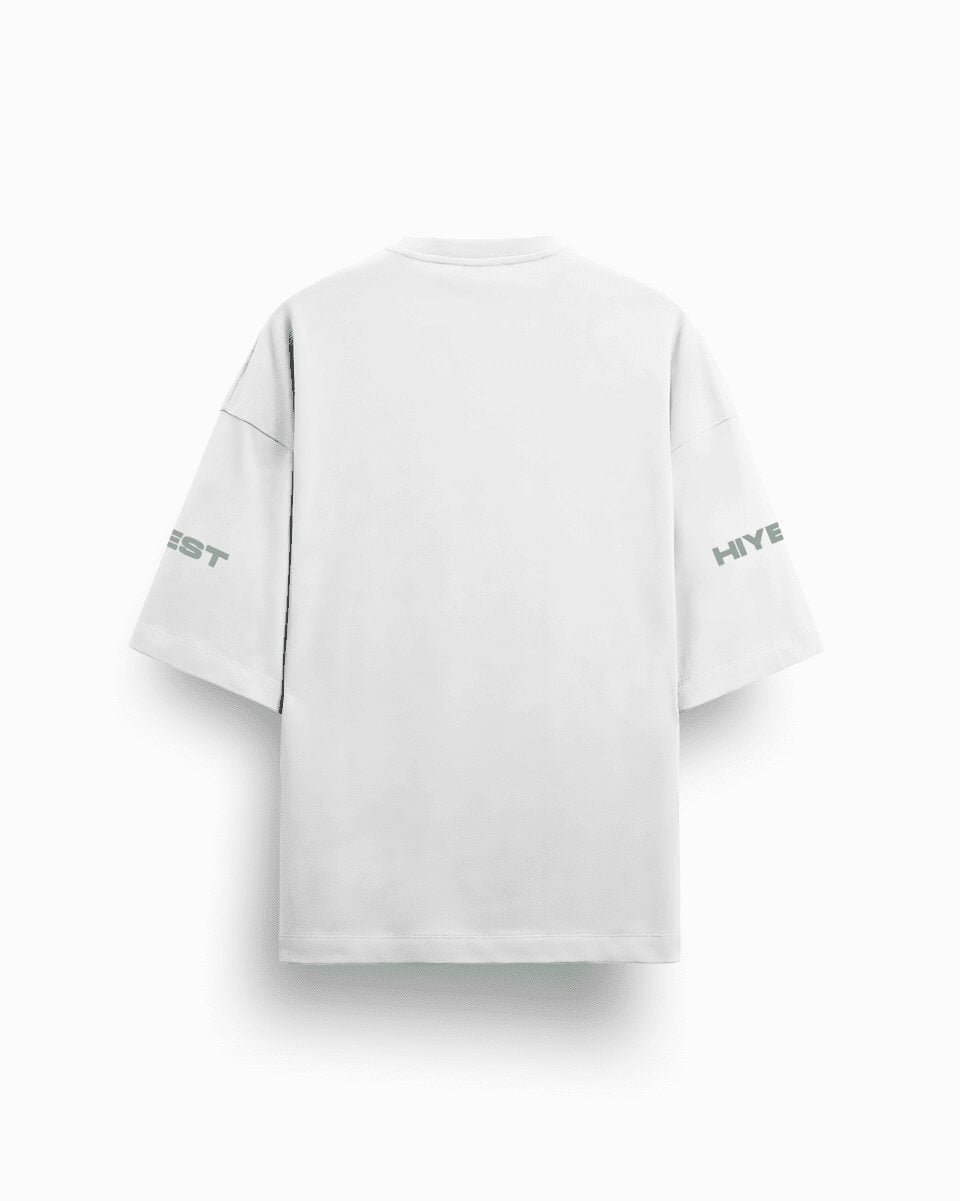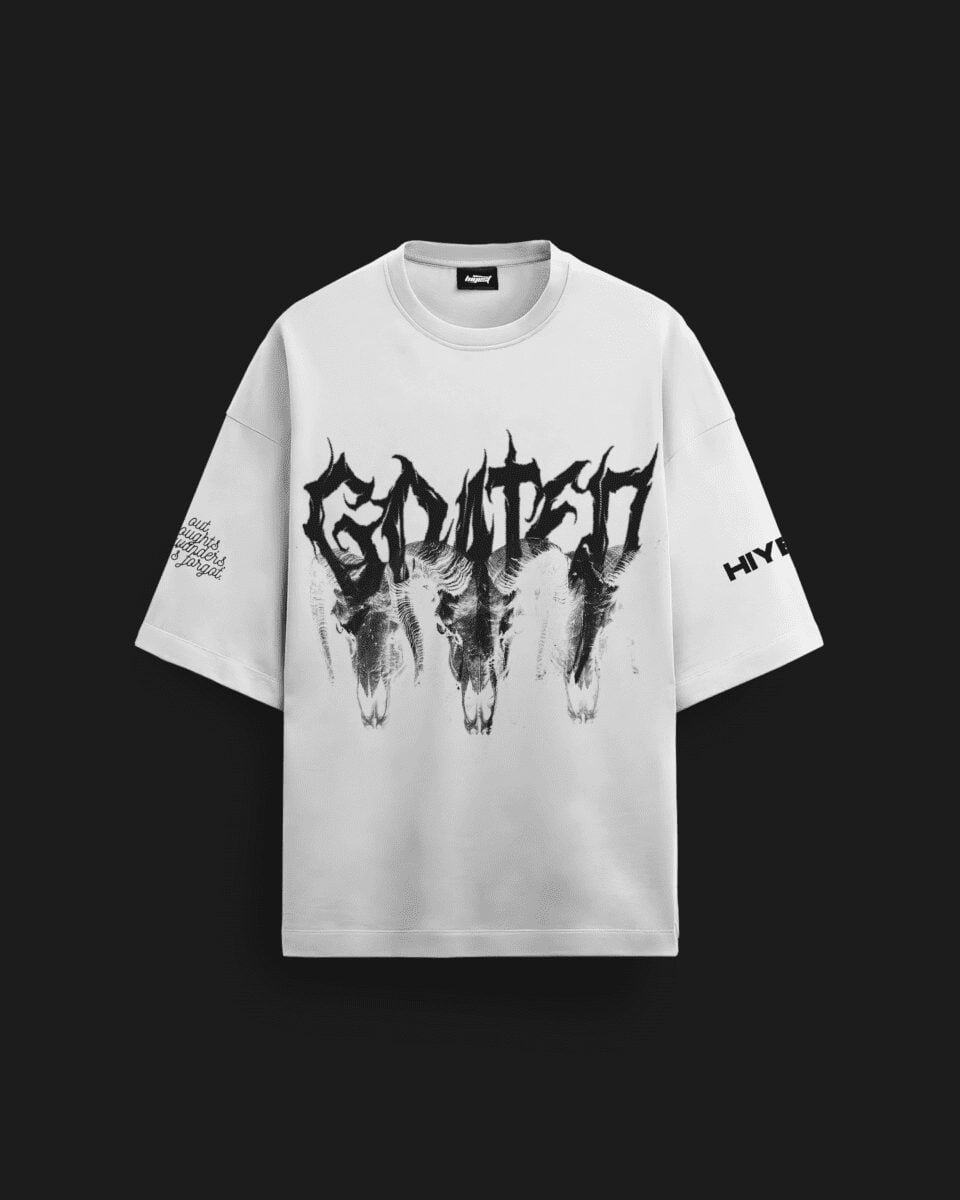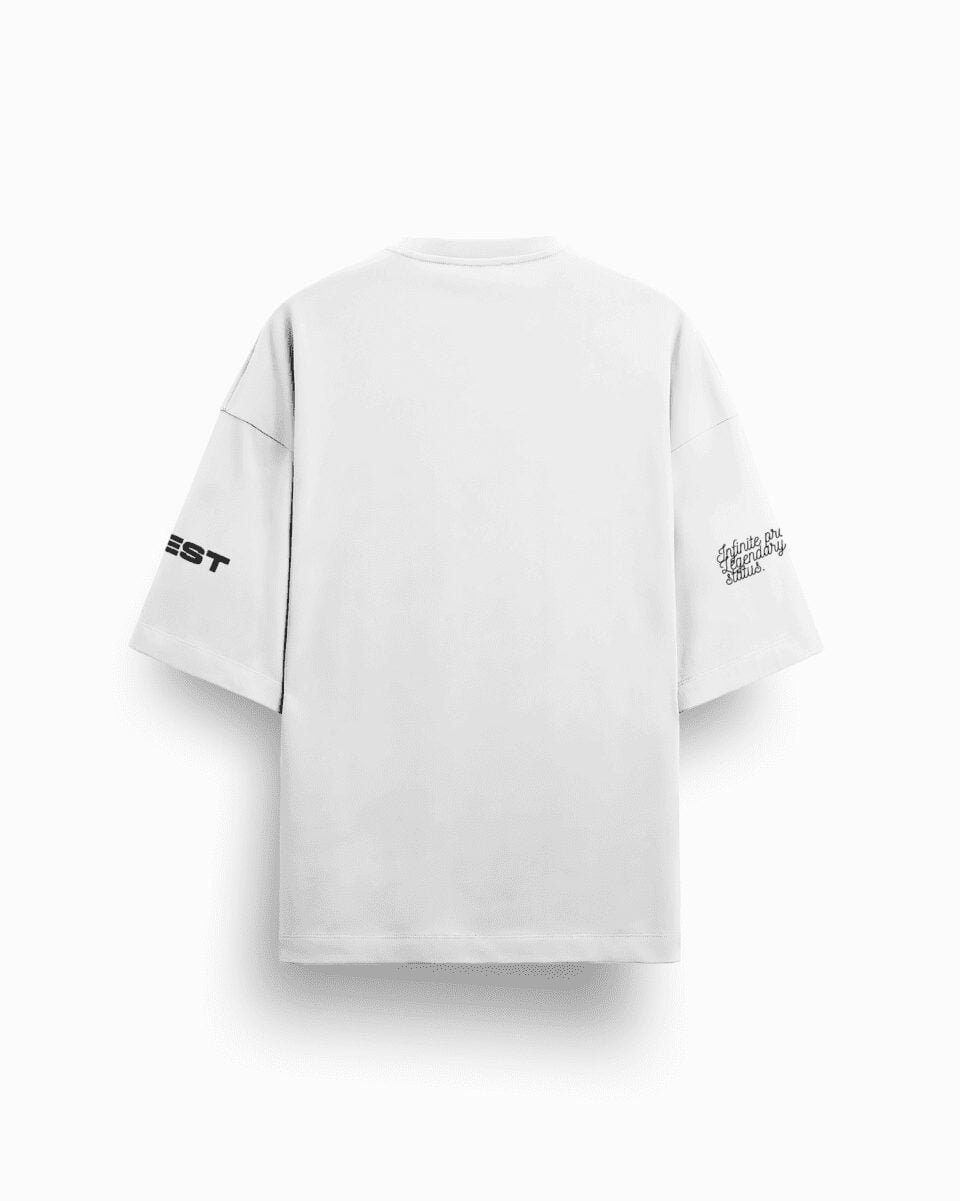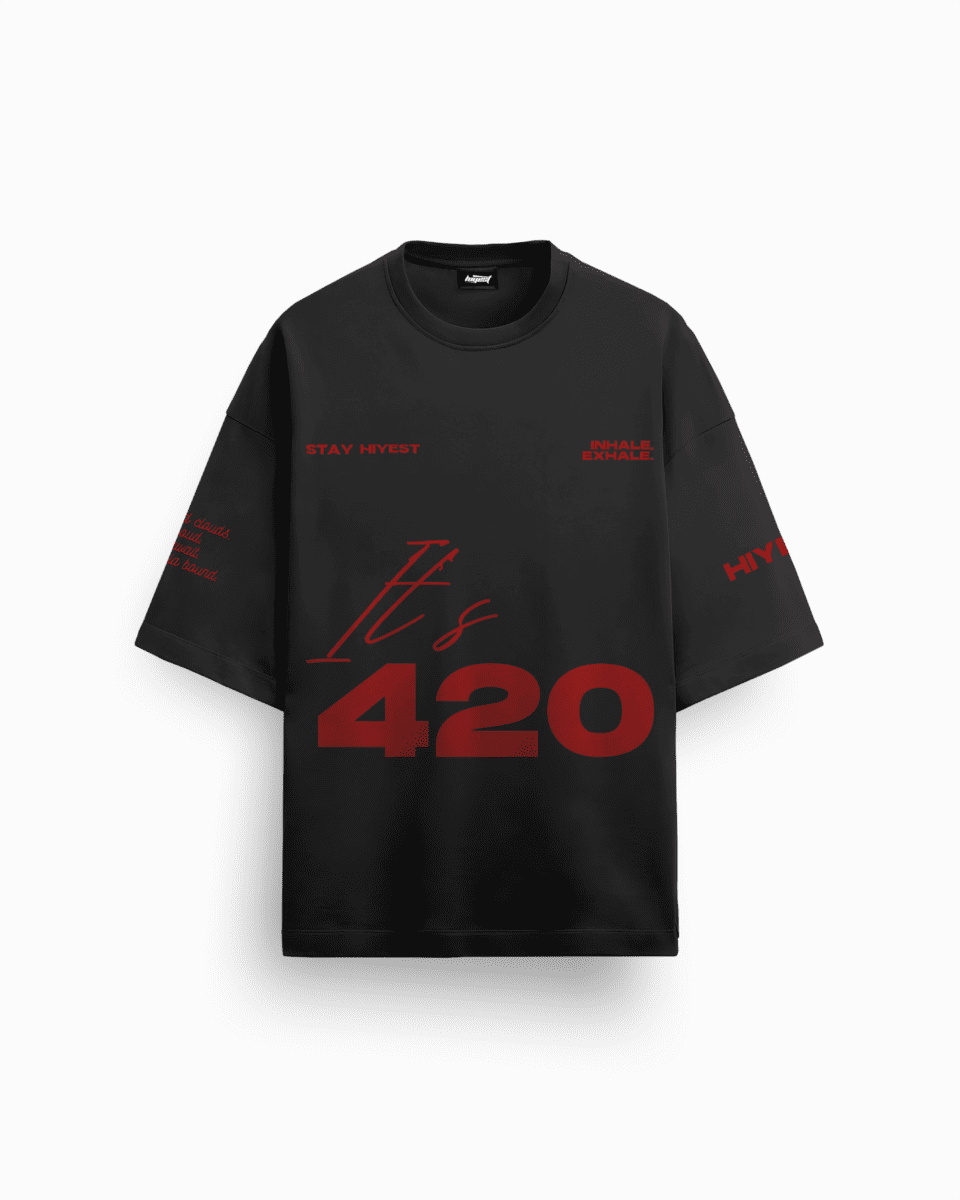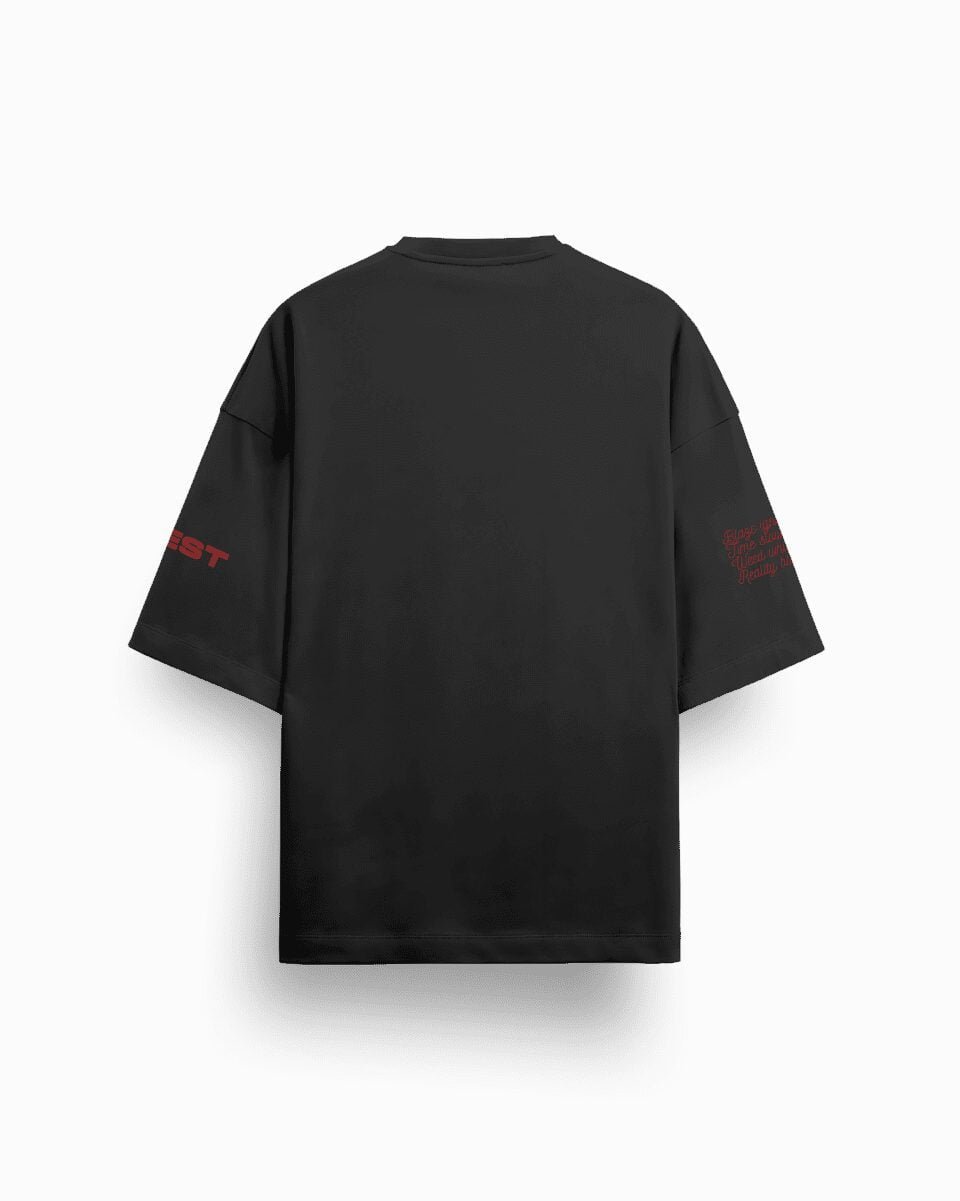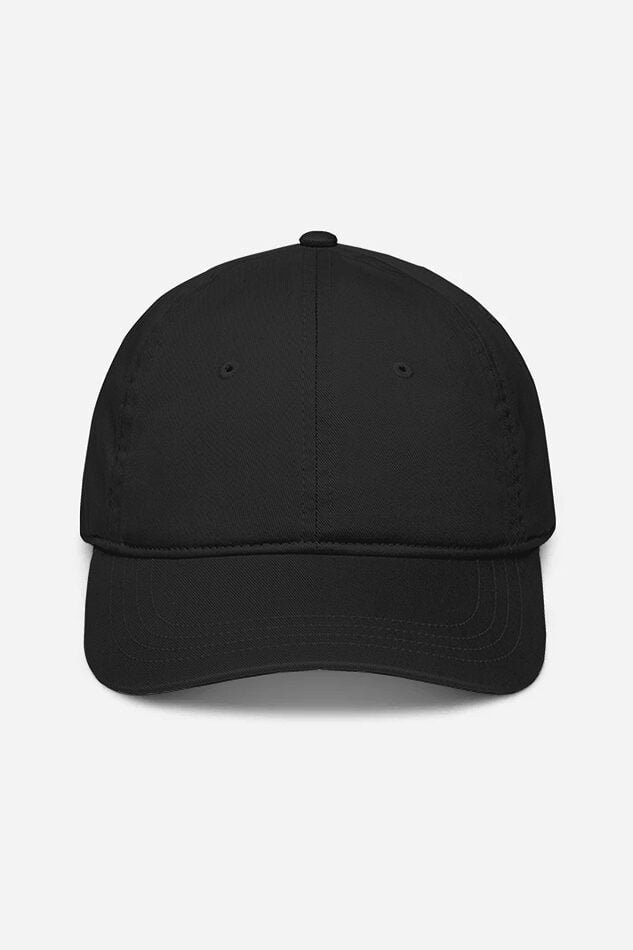Introduction
The world of fashion is a tapestry of diverse styles and influences, tightly interwoven with cultural elements from around the world. Two of the most prominent styles currently shaping the landscape are streetwear culture and traditional fashion. Understanding the interplay between these two styles is pivotal for anyone vested in modern fashion trends. This article dives deep into the dynamic clash and blend of streetwear and traditional fashion, shedding light on their unique elements, influence on the fashion industry, and future trajectories.
What is Streetwear Culture?
Defining Streetwear
Streetwear, a fashion phenomenon born from urban roots, represents a vibrant blend of casual attire, sportswear, and subculture style cues. Emerging in the late 20th century, its origins are deeply tied to the skateboarding and hip-hop movements. Streetwear is synonymous with comfortable, bold, and statement-making clothing pieces.
- Origins and Early Influence: The roots of streetwear trace back to Southern California’s surf culture and the urban music scene in New York during the early 1980s.
- Key Players: Brands like Supreme, Off-White, and A Bathing Ape have been pivotal in popularizing streetwear globally.
Essential Elements of Streetwear
- Bold Graphics and Logos: Streetwear heavily relies on impactful imagery and brand insignias to express identity and attitude.
- Casual, Comfortable Pieces: Emphasizing comfort, pieces like oversized T-shirts, hoodies, and sneakers dominate the style.
- Influence of Music and Sports: Music icons and athletes often shape streetwear trends, boosting its crossover appeal. Discover trendy Hiyest Hoodies to catch the latest vibe.
Key Elements of Traditional Fashion
Defining Traditional Fashion
Traditional fashion stands for time-honored elegance and craftsmanship, reflecting cultural heritage and classical beauty.
- Classic Materials and Timeless Designs: It predominantly features high-quality fabrics like silk and wool, crafted with intricate detail.
- Iconic Traditional Fashion Houses: Renowned brands such as Chanel, Dior, and Gucci symbolize traditional luxury fashion's enduring appeal.
Characteristics
- Elegant Tailoring and Structured Pieces: The focus is on achieving a sophisticated silhouette through precise tailoring.
- Preservation of Cultural Fashion Elements: Traditional fashion often celebrates cultural attire, preserving its significance across generations.
Differences Between Streetwear and Traditional Fashion
Aesthetic and Design Differences
| Aspect | Streetwear | Traditional Fashion |
|---|---|---|
| Design Approach | Casual, unstructured, oversized fits | Elegant, structured, tailored lines |
| Key Materials | Cotton, denim, polyester | Silk, wool, leather |
| Colors and Patterns | Bold, graphic prints, vibrant hues | Subdued, monochrome, classic prints |
Target Demographics
- Streetwear: Primarily embraced by the youth and trendsetters looking for individuality and comfort.
- Traditional Fashion: Appeals to an audience valuing heritage, luxury, and timeless elegance.
Marketing and Branding Strategies
- Streetwear: Leverages hype, limited drops, and collaborations to maintain exlusivity.
- Traditional Fashion: Utilizes brand heritage and luxury advertising to highlight craftsmanship and prestige.
Why is Streetwear Becoming More Popular?
Influence of Youth Culture
Streetwear’s allure among millennials and Gen Z stems from its rebellious spirit and cultural ties. Over 64% of millennials prefer streetwear to traditional styles (GlobalData).
Social Media and Streetwear Hype
Platforms such as Instagram and TikTok have propelled streetwear to new heights, with influencers amplifying brand narratives. Online communities and virtual fashion initiatives continuously redefine its landscape.
Streetwear’s Flexibility and Comfort
The adaptability of streetwear allows for seamless integration into diverse wardrobes, offering unparalleled comfort and style versatility. Check out Hiyest T-shirts for a twist on classics.
Impact of Streetwear on the Fashion Industry
Revolutionizing Modern Fashion
Streetwear has redefined modern fashion, signaling a shift from formality to functional aesthetics and comfort-focused attire. It captured 10% of online fashion sales in 2022 according to Digital Commerce 360.
Collaboration with Traditional Brands
Luxury names such as Louis Vuitton's collaboration with Supreme underscore the significance of streetwear alliances. These partnerships garner renewed interest from younger demographics.
Cultural Influences on Streetwear
Urban and Cultural Origins
Streetwear's creative ethos draws heavily from the pulsating life of city streets and cultural narratives, reflecting the melting pot of global urban environments.
Global Streetwear Trends
From Tokyo’s minimalist aesthetics to New York’s urban grunge, streetwear artfully mirrors regional cultural influences in its evolution and expression.
Luxury Brands Embracing Streetwear
High-End Brands and Street Style
With increasing luxury streetwear market shares, elite fashion houses have keenly incorporated street aesthetics into their collections, blurring lines between casual and couture.
Case Studies
Successful collaborations, like those between Gucci and Dapper Dan, showcase how traditional luxury intertwines with streetwear to stay relevant.
Evolution of Streetwear Culture
Timeline of Streetwear’s Growth
From underground subculture to pop-culture mainstay, streetwear has undergone significant milestones, shaping modernity along the way. Fashion resale platforms reported a 50% increase in streetwear listings by 2021.
Future of Streetwear in Fashion
Streetwear’s trajectory points toward further integration in sustainability and technology, heralding new avenues for innovation and cultural relevance.
Traditional Fashion vs Street Fashion: Which is Better?
Pros and Cons
- Streetwear: Offers comfort and versatility but may lack formality.
- Traditional Fashion: Embodies sophistication but may not resonate with casual lifestyles.
Versatility in Fashion Trends
Both genres enhance the fashion landscape by providing unique avenues for self-expression. Streetwear’s dynamism and traditional fashion’s grace harmoniously coexist, enriching the industry.
What Makes Traditional Fashion Timeless?
Enduring Appeal
Traditional fashion’s steadfast adherence to classic designs and premium craftsmanship ensures its lasting influence.
Iconic Examples
Historical garments like the little black dress or the trench coat illustrate how traditional pieces continue to inspire and evolve.
Challenges Facing Streetwear and Traditional Fashion
Sustainability Issues
Streetwear’s frequent releases challenge sustainable practices, while traditional fashion’s resource-intensive production demands ethical considerations.
Market Saturation and Brand Innovation
As both styles grapple with market saturation, continuous innovation remains essential for staying relevant and capturing new audiences.
Future of Streetwear in Global Fashion
Streetwear’s Role in the Future Fashion Industry
Emerging trends indicate further breaking down of fashion barriers, as streetwear integrates into global cultures and influences traditional luxury narratives.
Lasting Impact on Traditional Fashion
Streetwear’s irreverence has instilled a refreshed contemporary approach within traditional fashion, encouraging diversification and inclusivity.
Conclusion
In a world where fashion converges with cultural nuances, the dynamic between streetwear and traditional fashion is more significant than ever. Both styles offer distinct perspectives and contributions, shaping how identity, culture, and trends are expressed today. This intersection not only enriches the fashion spectrum but also inspires reflection on personal style. Engage with these fashion movements and explore our newest Hiyest Jackets for a touch of innovative, urbane flair.


